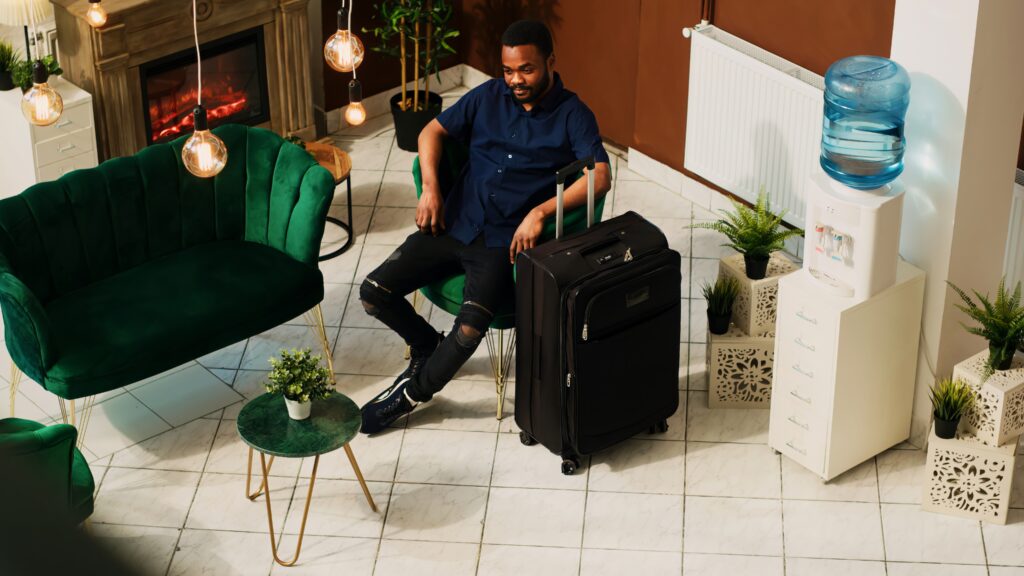Renting for the First Time in Australia: Leases, Bonds, and Tenant Rights Explained
Finding a place to live is one of the first major steps for African students and migrants settling in Australia. While the process may feel overwhelming at first, especially if it’s your first time renting; understanding how leases, rental bonds, and tenant rights work can save you money, stress, and even legal trouble.
This guide will walk you through everything you need to know to rent confidently in Australia.

Step 1: Understanding Rental Leases
A lease agreement is a legally binding contract between you and your landlord.
Common Lease Types:
Fixed-term lease
Duration: 6–12 months (sometimes longer).
Rent cannot change during this time (unless written into the agreement).
Good for stability and planning.
Periodic lease
Month-to-month agreement after a fixed lease ends.
More flexible but rent can increase with notice.
Tip: Always read your lease carefully. Pay attention to rules about guests, pets, subletting, and breaking the lease early.
Step 2: What Is a Rental Bond?
A rental bond is a security deposit (usually 4 weeks’ rent) paid before moving in.
It is held by the government (not the landlord) through a Rental Bond Authority.
You get it back when you leave, provided:
Rent is fully paid
No property damage
No outstanding bills
Tip: Take photos of the property at move-in to avoid disputes when claiming your bond.
Step 3: Tenant Rights You Should Know
Australia has strong rental laws protecting tenants. Key rights include:
Right to a safe and livable property (functioning locks, no hazards).
Right to repairs: Urgent repairs must be addressed immediately (e.g., gas leaks, broken heaters).
Right to privacy: Landlords must give 24–48 hours’ notice before entering.
Right to dispute rent increases: Rent hikes must be reasonable and follow state laws.
Right to bond protection: Bonds are lodged with the government, not kept by the landlord.
Each state/territory has its own rental authority:
New South Wales: Fair Trading
Victoria: Consumer Affairs Victoria
Queensland: Residential Tenancies Authority
Western Australia: Department of Mines, Industry Regulation & Safety
South Australia: Consumer and Business Services
Step 4: How to Apply for a Rental Property
Search on realestate.com.au, domain.com.au, flatmates.com.au.
Inspect the property in person or virtually.
Submit an application (with ID, proof of income, references, visa/student documents).
Pay bond + 2 weeks’ rent upfront if approved.
First-time tip: If you don’t have Australian rental history, offer a guarantor (family or sponsor) or pay a few months upfront.
Step 5: Common Renting Mistakes to Avoid
Paying bond or rent directly to a landlord’s personal account (always use official channels).
Not checking for hidden costs (water, electricity, gas, internet).
Ignoring inspection reports: document every crack, scratch, or stain.
Breaking a lease without knowing the penalties (can be very costly).
Cost Snapshot: Weekly Rent Averages (2025)
Sydney: AUD $550+ for a unit, $700+ for a house
Melbourne: AUD $480+ for a unit, $650+ for a house
Brisbane: AUD $450+ for a unit, $600+ for a house
Adelaide: AUD $420+ for a unit, $580+ for a house
Regional cities: AUD $350–$450 for units
Renting in Australia for the first time can feel intimidating, but once you understand leases, bonds, and tenant rights, you’ll realize the system is designed to protect tenants as much as landlords.
By budgeting correctly, keeping good records, and knowing your rights, you can enjoy a safe and comfortable home while focusing on your studies, work, and new life in Australia.
Achieve Your Migration Journey Today with Afrovo.
We are passionate about helping Africans unlock global opportunities.





